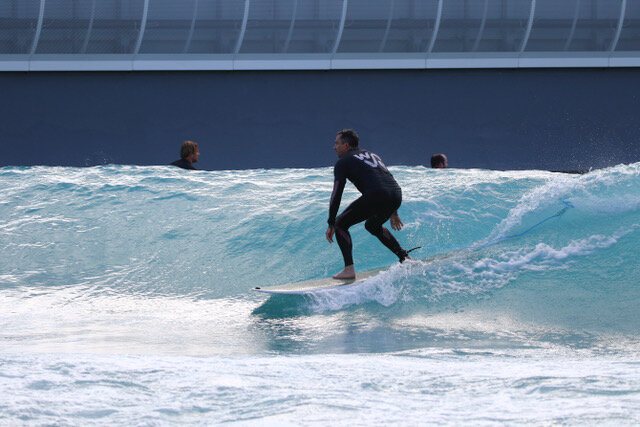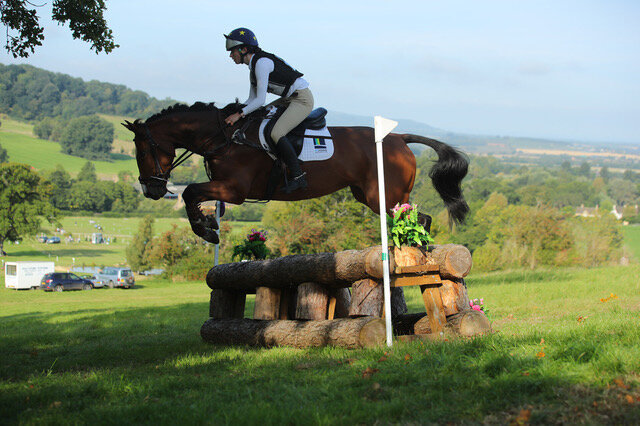Gait Analysis/ Biomechanics
When assessing and diagnosing injuries of the lower leg, we often classify them as mechanical, acute traumatic or systemic causes.
Mechanical injuries of the muscles, tendons, ligaments and bones can often be related to the way in which your foot, leg and pelvis move, or importantly don’t move.
Undertaking a gait analysis (the way someone walks or runs), and then a biomechanical assessment (the position and function of joints) can help uncover whether the structure or function of the lower leg is causing the specific problem in the foot or lower leg.
Sometimes this requires the use of supports to go into your shoe and sometimes it requires further treatment or intervention from a physiotherapist or other medical specialty.
Orthotics
Orthotics are devices that go into shoes to help aid or resolve foot and lower leg injuries and can help prevent surgery, or be used in conjunction with surgery to the foot.
They can be prefabricated, i.e. made from a standard shape, or bespoke, i.e. made specifically to the patient’s shape of their foot.
Not all foot or lower leg injuries require orthotics, and many can be resolved with pre-fabricated devices.
In some special cases, Mr. Cichero will use highly specialised braces to manage more complex foot and ankle problems.
After a thorough gait and biomechanical assessment, Mr. Cichero will advise what is most suitable for your needs and what design is best to meet your activity and footwear requirements.
Sports Injuries
The nature of sports injuries are different to other non-sport injuries, as there are greater forces involved.
Sports injuries can be acute or chronic in nature. Mr. Cichero has worked with amateur sports clubs in Australia and Singapore in rugby union, as well as being involved with running and triathlon clubs.
His experience in managing many types of foot and ankle injuries related to sport will help you get back to the sports you like doing most.
Diabetes
Diabetes is a problem with the body’s ability to manage, deliver and store the glucose in your body to the cells for energy after eating.
Diabetes, if poorly controlled, can be a silent deadly disease to your feet. Usually complications that arise in your feet such as loss of feeling (neuropathy), and ulcers, are the first signs that the disease is also damaging your heart, kidneys and eyes.
High sugars means that it damages blood vessels, nerves and prevents your immune system from working efficiently. Patients with diabetes, and poor control, are more likely to develop more significant infections as a result of these changes.
It is essential to take care of your glucose control right from the beginning of being diagnosed and not after the complications arise.
Mr. Cichero specialises in diabetic foot complications and surgery. He can provide an assessment of your feet, their risk to developing complications and strategies to help prevent complications such as ulcers and amputations.
Shockwave Therapy
Extracorporeal shockwave therapy (ESWT) is a form of sound waves for the treatment of mainly soft tissue injuries such as fascia, ligaments and tendons.
It is a treatment that was first used in clinical settings back in the 1980’s following research in Germany.
Today there is good evidence for its benefits in heel pain and achilles problems in particular. Mr. Cichero can discuss this option further with you as part of an overall strategy in the treatment of your foot and ankle problems.
Rate Card
If you intend to claim your consultation fees from a medical insurance policy, please check that you are covered with your health insurance company and whether you require GP or specialist referral for this purpose. We are registered with most insurance companies, so please contact us if there are any problems.







